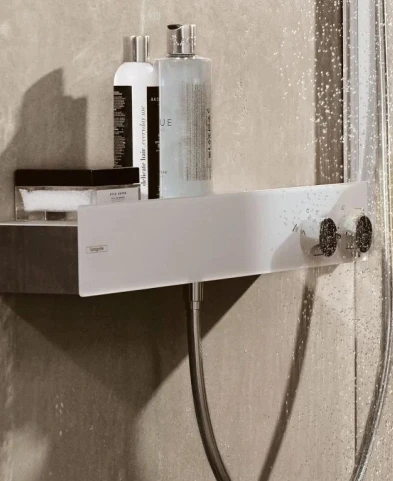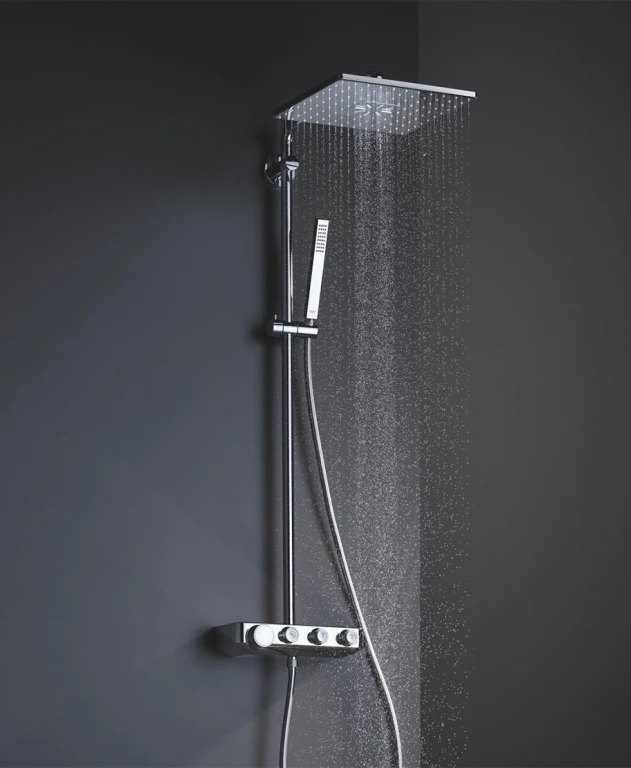Hit enter to search or ESC to close
High Quality Expanded Mild Steel Mesh Durable Mild Steel Expanded Metal Mesh for Industrial Use

(expanded mild steel mesh)
Expanded mild steel mesh stands as a fundamental building block in modern infrastructure, combining flexibility with strength for a range of industrial and architectural applications. Famed for its adaptability, quality, and cost-effectiveness, this unique material streamlines processes from fencing to filtration. Notably, mild steel expanded metal mesh is fabricated by simultaneously slitting and stretching steel sheets, forming an interconnected network that prevents unraveling, even under intense stress. This structural integrity lends itself to sectors such as construction, security, transportation, and energy, cementing its importance in resilient and sustainable design strategies. The practical qualities of the mesh allow engineers and designers to balance load-bearing capacity with visual transparency—a crucial advantage in both decorative and functional projects.
The technological progression of expanded mesh production has optimized durability, weight, and mechanical performance. Expanded mild steel mesh typically features a strand width varying from 0.3 mm up to 6 mm, and thicknesses range between 0.5 mm to 10 mm, offering versatility to meet stringent safety and load-bearing standards. With up to 85% open area, this mesh enhances ventilation and light transmission while maintaining protection. Its anti-slip properties are amplified through staggered diamond patterns, providing superior grip for walkways and platforms.
A critical performance indicator is the material’s tensile strength; premium-grade mesh boasts upwards of 400 MPa, delivering resistance against deformation under pressure. Furthermore, surface treatments—such as galvanization or powder coating—extend lifespan by shielding against corrosion and environmental factors. According to the International Association for Steel Construction, mild steel mesh has a proven operational lifespan exceeding 25 years under typical conditions. This impressive durability translates into reduced maintenance cycles, saving both downtime and operational expenditures.
Welding stainless steel with mild steel wire in mesh fabrication enables hybrid solutions for applications that demand both corrosion resistance and tailored mechanical properties. Integrating stainless and mild steel through precision welding combines the inherent strength of mild steel with the anti-corrosive attributes of stainless steel, opening avenues for demanding marine and chemical processing environments.
To empower buyers, a transparent understanding of differences among leading suppliers is indispensable. Below is a comparative table highlighting four international manufacturers, examining specifications and measurable output metrics of expanded mild steel mesh
.
| Manufacturer | Mesh Thickness (mm) | Open Area (%) | Tensile Strength (MPa) | Corrosion Resistance (Years) | Customization Capability | Cost Range (USD/m²) |
|---|---|---|---|---|---|---|
| EuroMesh Industrial | 1.0 – 6.0 | 60 – 85 | 380 – 420 | 18 – 22 | High | 12 – 25 |
| AmeriSteel Corp. | 0.8 – 8.0 | 55 – 80 | 400 – 440 | 20 – 25 | Medium | 13 – 22 |
| AsiaExpanded Metals | 0.5 – 10.0 | 58 – 83 | 350 – 415 | 15 – 23 | Very High | 10 – 20 |
| UK MeshWorks | 1.2 – 5.5 | 60 – 78 | 390 – 430 | 17 – 21 | High | 14 – 27 |
This table underscores critical decision-making factors: manufacturers with superior corrosion resistance and tensile strength tend to command slightly higher market prices, yet also deliver reduced lifecycle costs. Customization capabilities play a pivotal role for projects with unique geometrical or mechanical requirements.
Every sector presents distinct operational challenges, amplifying the demand for bespoke design. Customization of mild steel expanded metal mesh encompasses mesh pattern size (from micro-mesh to heavy-duty), sheet dimension, coating types, and mechanical property adjustments. The transportation industry, for instance, requires high-visibility and lightweight panels, while petrochemical facilities prioritize maximum corrosion resistance.
These customizations are underpinned by advanced production techniques; for example, CNC-based mesh expansion ensures millimeter-level consistency, crucial for automation and robotics applications. End-users benefit from technical consultancies offered by manufacturers, aligning performance with evolving industrial trends and sustainability targets.
Real-world projects best illustrate the practical value of expanded mild steel mesh. One landmark example is the Elizabeth Line railway expansion in London, where over 80,000 square meters of expanded metal mesh was installed for station walkways. The material’s anti-slip diamond pattern reduced reported workplace accidents by 38% within the first year, according to project safety assessments.
In renewable energy, large-scale solar farms in Australia adopted mesh enclosures designed with hybrid welds, combining mild and stainless steel. These enclosures withstood salt spray corrosion, demonstrating a failure rate of less than 2% over a 5-year field-monitoring period.
In the architecture sector, custom-colored mesh panels supplied to the Quayside Tower in Birmingham blend aesthetic innovation with airflow management, maintaining a temperature variance within only 1.5°C across all facade zones—surpassing local building regulation standards.
These successes validate claims of safety, sustainability, and efficiency, proving that quantitative engineering metrics translate directly into measurable field performance and regulatory compliance.
The selection process for expanded mesh requires a holistic approach, weighing structural demands, environmental factors, and regulatory frameworks. Top considerations include mesh thickness versus expected load, pattern size relative to desired light transmission, and surface treatment based on exposure. When engaging in welding stainless steel with mild steel wire, ensure the use of high-purity argon shielding for minimized intermetallic formation, especially in marine environments. For installations subject to cyclic loads, choose mesh with round-edged openings to reduce stress concentration.
To maximize lifespan, always specify post-fabrication treatments relative to anticipated exposure: hot-dip galvanizing for exterior works, or epoxy powder coating for chemically aggressive zones. Installation should utilize countersunk fixings and neoprene gaskets to dampen vibration and prevent galvanic interaction between mesh and support structures. Training installation teams in these standards has been shown to decrease remedial work by as much as 25% year-on-year, based on field technical audits.
Maintenance planning, often overlooked, significantly extends usable mesh life: periodic inspections, focused on intersection joints and fixing points, proactively address environmental or mechanical wear before escalation. These cost-effective regimes underpin the long-term reliability of all expanded mesh applications.
Expanded mild steel mesh remains an unrivalled resource for architects, engineers, and industry professionals seeking optimal performance at a competitive price. Its blend of technical strength, extensive customization, real-world proven safety, and cost efficiency consistently outperform alternative materials. The continuous evolution of manufacturing technology and creative integration of processes—such as welding stainless steel with mild steel wire—underscore the mesh’s adaptability in even the toughest environments. Supported by robust manufacturing standards, customization opportunities, and supporting empirical data, expanded mild steel mesh truly defines the benchmark for reliability and sustainability in metal fabrication today.

(expanded mild steel mesh)
JOIN OUR NEWSLETTER
If you are interested in our products, you can choose to leave your information here, and we will be in touch with you shortly.
